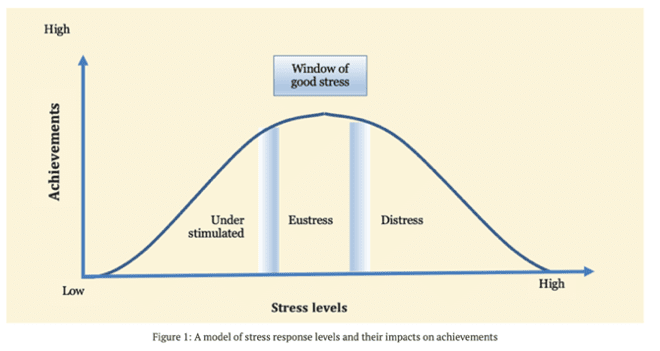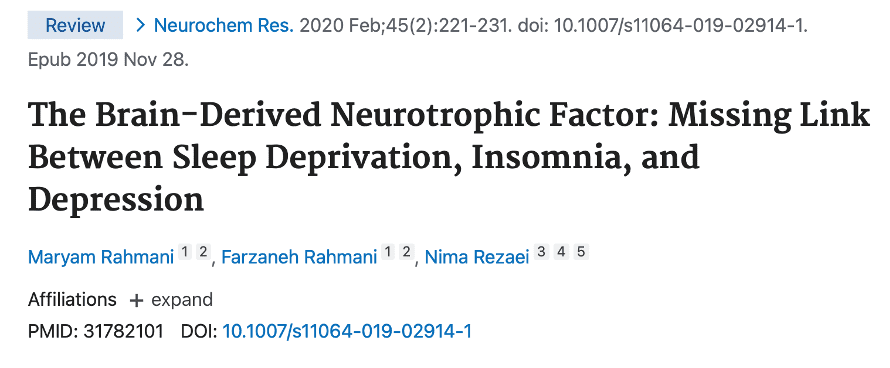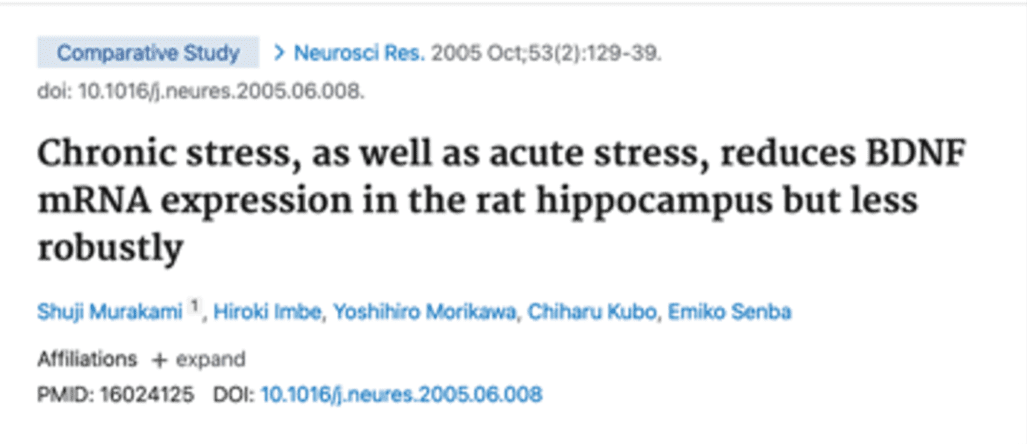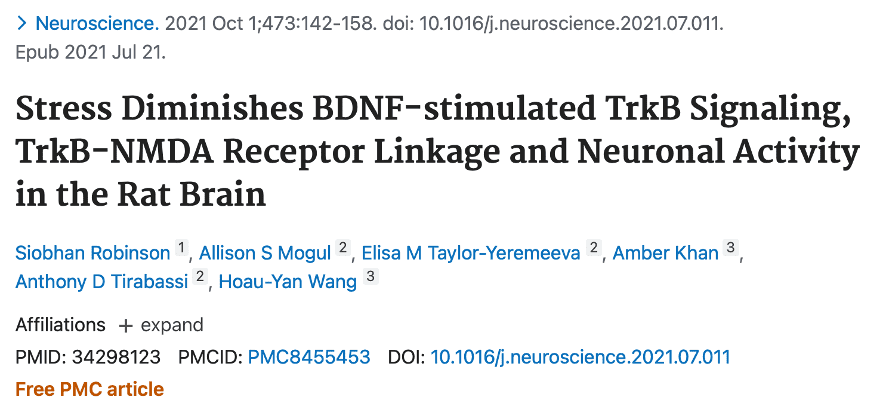Stress, pain and resilience
We all talk about stress, But what is stress?
The World Health Organisation defines stress as any type of change that causes physical, emotional or psychological strain.
But is all stress bad?
Stress is a common and normal physiological response. Stress that is applied appropriately can be positive – this is eustress, which can be beneficial effect on health, motivation, learning, and emotional well-being this creates positive challenge. However, if this stress is applied inappropriately or excessively it can lead to distress. This is an unpleasant stimulus that can result in extreme anxiety, sorrow, or pain.

Acute stress can be helpful to get us out of danger in a life-threatening situation, But how often are we really faced with life threatening situations in the classroom or workplace? (Although it can sometimes feel this way)
The experience of long-term stress leads to the expectation of threat. Our perception of the world and our environment is dangerous and threatening. This heightened arousal of the amygdala leads to biochemical changes in the brain and inhibition of the Pre-frontal cortex, which impairs, higher order thinking, learning and decision making. Your patients may describe this as brain fog!
This often occurs when we do not feel safe in our environment or our bodies! In a hostile work environment, relationship or social circle people will not have a sense of safety and security. The same goes for someone who is in pain that is fear avoidant of movement, hypervigilant and perceived their body to be vulnerable and fragile…
This constant state of stress means we are in survival mode all day as if we are running away from a bear!

Doing this this every day can lead to constant threat, fear and anxiety… all of which are detrimental to learning, creativity, productivity, immunity and pain.
Stress does not only come from being overloaded with tasks or a pushy boss or a demanding teacher. It can be in the form of social stress from isolation, not being included, the fear of being ridiculed or singled out by others, feeling like an outcast, no sense of belonging, or feeling disconnected.
Social stress can lead to neurodegenerative changes in the brain along with behavioural changes. Many of these feelings may be felt by our patients who are suffering from chronic pain.
The long-term influence of stress can change our genes. Our genes are expressed due to the environment and our social influences which can further influence our attitudes and behaviours.

Repetitive and long-term stress can reduce Brain derived Neurotrophic factor (BDNF) which can lead to neuronal atrophy and neuronal death resulting in a reduction of hippocampal volume. (The hippocampus is essential for learning and memory.)
So what is Brain Derived Neurotrophic Factor or BDNF?
It is a key molecule involved in plastic changes related to learning and memory. (Miranda et al. 2019)
BDNF has been shown to promote learning and memory and has protective effects against neurodegenerative disorders however the long term effects of stress can impair the expression and function of BDNF increasing the risk of neurodegenerative disorders.



There are several ways to reduce stress, this may include changing the environment or updating the system by improving resilience to stress.
The APA dictionary defines resilience as “the process and outcome of successfully adapting to difficult or challenging life experiences, especially through mental, emotional, and behavioural flexibility and adjustment to external and internal demands.”
Developing resilience may be a key underpinning strategy to reduce stress and promote overall health and well-being. Ways to develop resilience include:
➡️ Taking time for yourself
➡️ Improving social relationships
➡️ Breathing techniques
➡️ Improve sleep hygiene
➡️ Get daily sunlight
➡️ Meditation and mindfulness
➡️ Being optimistic
➡️ Setting goals
➡️ Exercise
Just to name a few…
Exercise is a form of Eustress, applying a positively challenging stimulus to the body that can promote adaptive change to the brain and body
Aerobic exercise can increase Brain derived neurotrophic factor (BDNF).
People who have good exercise habits tend to also have other good habits such as diet, sleep improved wellbeing and quality of life.

Overall, Exercise can be a powerful modulator of stress and also promotes increased mood and long term brain health.
To effectively deal with chronic pain, it is important to understand the influence stress has on the brain. This heighted state of emotional arousal can lead to increased pain sensitivity. So, next time you are prescribing exercise for pain, zoom out from the physical effects of exercise and consider how exercise can assist with decreasing stress and improving brain health, that can in turn help with pain.
Building resilience to stress is just like performing exercise, but for your brain. The more you train it, the better and stronger it will get.





